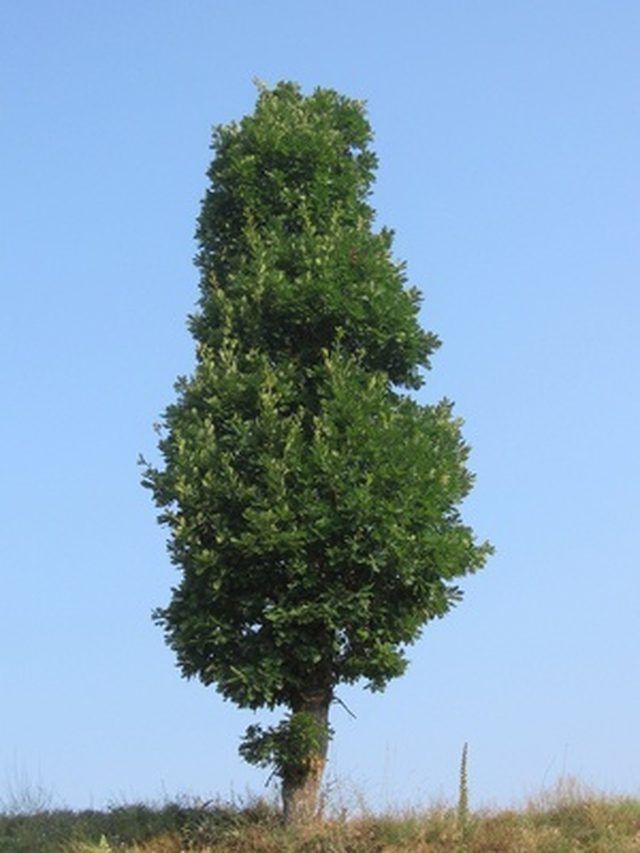Bulbs
Flower Basics
Flower Beds & Specialty Gardens
Flower Garden
Garden Furniture
Garden Gnomes
Garden Seeds
Garden Sheds
Garden Statues
Garden Tools & Supplies
Gardening Basics
Green & Organic
Groundcovers & Vines
Growing Annuals
Growing Basil
Growing Beans
Growing Berries
Growing Blueberries
Growing Cactus
Growing Corn
Growing Cotton
Growing Edibles
Growing Flowers
Growing Garlic
Growing Grapes
Growing Grass
Growing Herbs
Growing Jasmine
Growing Mint
Growing Mushrooms
Orchids
Growing Peanuts
Growing Perennials
Growing Plants
Growing Rosemary
Growing Roses
Growing Strawberries
Growing Sunflowers
Growing Thyme
Growing Tomatoes
Growing Tulips
Growing Vegetables
Herb Basics
Herb Garden
Indoor Growing
Landscaping Basics
Landscaping Patios
Landscaping Plants
Landscaping Shrubs
Landscaping Trees
Landscaping Walks & Pathways
Lawn Basics
Lawn Maintenance
Lawn Mowers
Lawn Ornaments
Lawn Planting
Lawn Tools
Outdoor Growing
Overall Landscape Planning
Pests, Weeds & Problems
Plant Basics
Rock Garden
Rose Garden
Shrubs
Soil
Specialty Gardens
Trees
Vegetable Garden
Yard Maintenance
The Best Time to Plant Evergreens
The Best Time to Plant Evergreens. Evergreens provide year-round color and offer rich contrast to otherwise bleak winter views. Strong-growing evergreens will still need care when first planted. Deciding when to plant evergreens depends highly on the local climate.

Evergreens provide year-round color and offer rich contrast to otherwise bleak winter views. Strong-growing evergreens will still need care when first planted. Deciding when to plant evergreens depends highly on the local climate.
Spring Planting
Planting evergreens in the spring offers their root systems time to develop through the growing season. However, if the upcoming summer is too hot and dry, the young plant could suffer heat and drought damage. Evergreens with broad leaves, like Rhododendron, and with narrow leaves, like the Yew, do well when planted in the spring.
Fall Planting
The roots of evergreens will grow more aggressively when planted in early fall, because the soil is still warm and the air has become more moist. Planting evergreens in the fall means making sure not to plant too late. In most areas, November and December is too late to plant. Evergreens planted too late can suffer from winter burn, where the foliage may dry out and die. Spruces, Leyland Cypress and Weeping Pines all do well when planted in the fall.
Plant Hardiness Zones
To find the best time to plant evergreens during spring and fall, use the USDA's Plant Hardiness Zone Map (see References). This map will give better insights as to when temperatures begin to warm and cool in local areas.